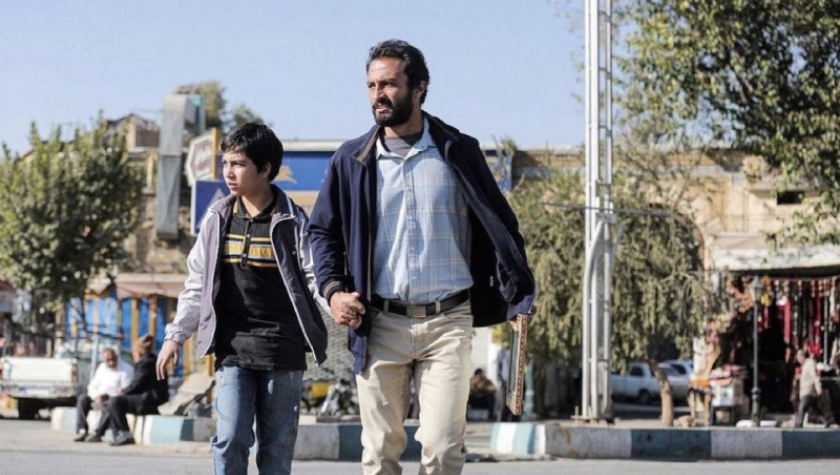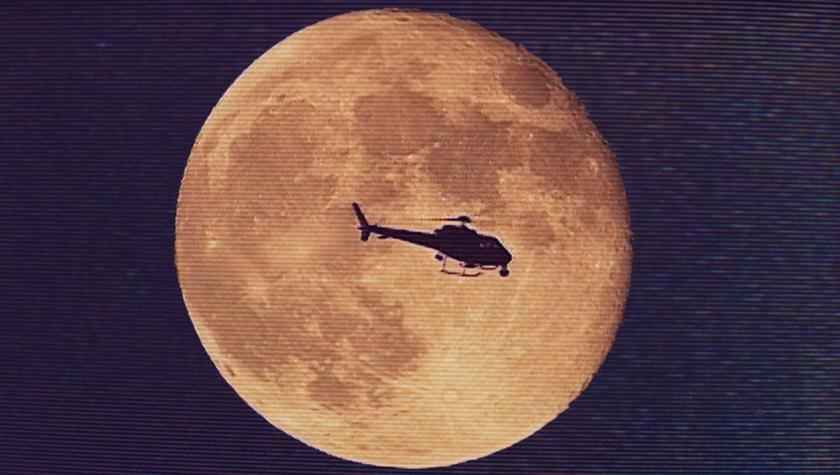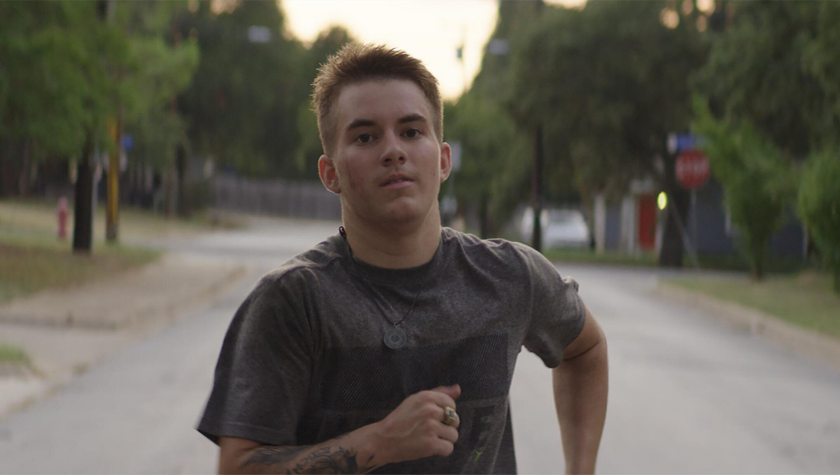Moment of Truth' Filmmaker Matthew Perniciaro On Structuring the Story Of a Real-Life Crime
April 21, 2021
The father of renowned NBA player Michael Jordan went missing for several weeks in the summer of 1993. On Aug. 3, 1993, James Jordan’s dead body was recovered from a swamp in McColl, South Carolina, with a bullet wound in his chest.
In a crime that spans both Marlboro and Robeson Counties, two men were eventually charged with the murder. In Moment of Truth, filmmaker Matthew Perniciaro and his team investigate the death of James Jordan and the trials against Larry Demery and Daniel Green almost 30 years after the murder.
Perniciaro co-directed and co-wrote the docuseries that was released under IMDb TV on April 2, with Clay Johnson. Through archival material and additional reporting, they structured it in such a way that allows viewers to experience the show as a trial within itself, and question what parts of the investigation are true or not.
“We want audiences and viewers to kind of go on that journey and hear all aspects of this story, and then reach those determinations on their own through that process,” he says.
The first episode is structured in a linear fashion that goes over the facts of the crime. The second episode goes into the history of Robeson County, all the way back to a decade before the crime took place, to provide background on the history and environment of the county. From there, the episodes dive into the lives of Demery and Green, even looking forward to today’s developments.
Each episode ends with a sharp moment that grabs viewers’ attention and links each section together.
“We knew where these kinds of moments in the story would turn and where pieces of evidence and information would be revealed, so we wanted to structure it in a manner that allowed the audience to drive into the next chapter of the story as it unfolded,” Perniciaro says.
His friend Jimmy Goodmon from Capitol Broadcasting Company of Raleigh, North Carolina, and one of the executive producers of the docuseries, came across station archives from the murder and subsequent case. In addition to new elements in Green’s case coming out, and growing up around the trial in Raleigh, Perniciaro decided he wanted to be a part of telling this story in depth. More importantly, he and his team wanted to find the truth.
“People knew that the facts didn't really make sense at all times,” he says. “And what happened because of that, is it led people into going down these rabbit holes of conspiracy theories. We realized very early on that there was no fact to that, and our goal here was to find the truth.”
When writing and crafting the docuseries to achieve this, Perniciaro says a lot of it happened after filming.
“With documentary, you're really writing in the edit room,” he says. “It's almost the reverse of writing the screenplay.”
He notes that because most of the writing happens in the editing process, he would notice where they needed to get extra footage for the documentary. However, after completing the first edit of episode 1 in March 2020, they had to shut down their office because of COVID-19 and the process changed.
“We ended up having to complete this series virtually in every sense of the word, so it was it was a new process for me as a filmmaker,” he says. “But I'm very happy with how the series ended up, even though it was nontraditional.”
Perniciaro reminisces on the moments he would FaceTime Cliff Bumgardner, one of the cinematographers on Moment of Truth, as he went to get additional clips in North Carolina and would help him find the right angle and exterior shots. Moments like these particularly came up as things evolved because the story is still ontinually developing, especially for Daniel Green’s narrative. Green has claimed innocence since the beginning and continues to do so, making efforts to appeal his conviction.
“I think that's the thing that audiences need to understand about the story — it's not over yet and there were many facts that were becoming known to us,” Perniciaro says. “Over the course of the creating this, there's been some significant developments in the case.”
This being Perniciaro’s first film about a crime, he understood the weight of creating the docuseries and wanted to make sure he told the story with respect and sensitivity.
“These two young men and their families were forever changed because of what happened in this crime,” he says. “And as a documentary filmmaker, I think you always have to be aware that these are real stories you’re telling about real people's lives, and there are potential real-world consequences that could come out of what you're creating.”
The documentary not only goes into the details of the people involved but also Robeson County and its history of criminal activity, corruption in law enforcement, and racial injustice.
“I think it speaks to the fact that a lot of the elements that surrounded this investigation, and a lot of the potential ulterior motives on behalf of law enforcement, informed the evidence and potentially manipulated the evidence in this case,” Perniciaro says. “There's a lot of things that don't make sense. And we ask questions about that evidence.”
He believed the environment of the case was important to the story that is still developing today, and is still within an environment that hasn’t changed much.
“It’s a sad story,” he says. “And in many ways, part of that sadness comes from the fact that we are still encountering and dealing with issues of systemic racism and corruption in law enforcement today that we were dealing with 20 years ago when this crime took place.”
There are a lot of elements to the case of James Jordan’s murder that had to be taken into consideration. Perniciaro, Johnson and the rest of the filmmaking team aimed to deliver it beyond the journalistic lens, crafting a documentary that brings viewers along through a five-episode session of digging through archival footage and looking critically at the facts of a crime almost 30 years after the fact.
“I think one of the things you'll see in this series is that we have investigated this to a degree of detail that I don't believe has ever been seen before about this case,” he says.
Written by: Steven Vargas
Steven Vargas is a multimedia journalist based in Los Angeles whose work focuses on arts, entertainment and activism. He is a current grad student at USC Annenberg pursuing an MA in Specialized Journalism (The Arts) and previously graduated from USC with a BA in Theatre and Journalism with a minor in Dance. He is a current member of the Equity Board, a new initiative at Annenberg Media dedicated to diversifying sourcing and promoting inclusive coverage across the publication. His short doc, “Dancing at Home,” earned first place in the LA Press Club’s “Life in the Time of the Coronavirus Contest" in May 2020. More recently, he co-directed "Two Paths: One Direction," an award-winning short documentary produced with students from the USC and Prairie View A&M University about their experiences of 2020. He produced work for ET Live, TheWrap, Dance Magazine, BuzzFeed News, and more. His work can be found here: https://www.vargassteven.com/



